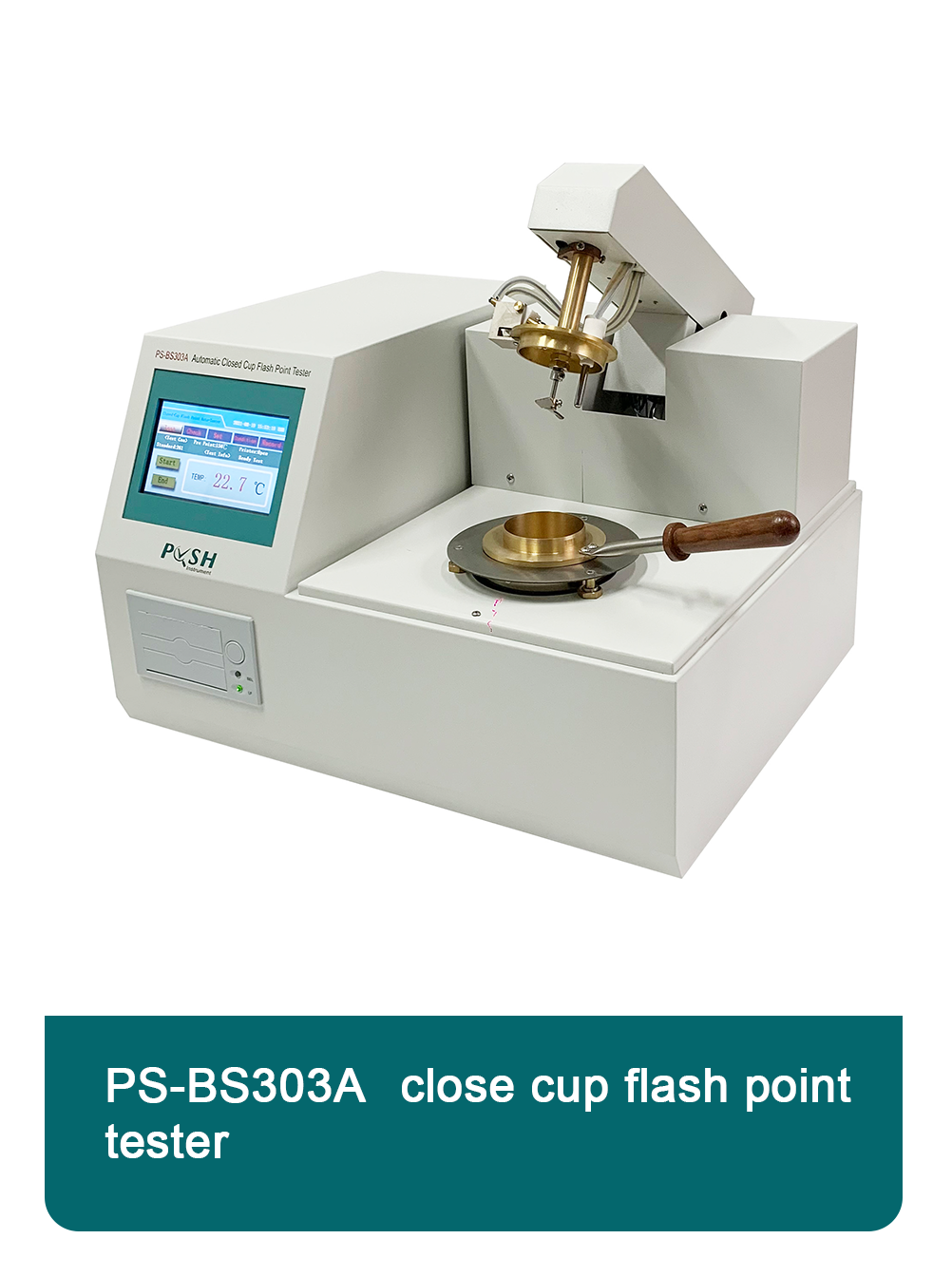 English
English


Testing Procedures and Standards for Capacitive Voltage Transformers in Electrical Systems
Capacitive Voltage Transformer Testing An Overview
Capacitive Voltage Transformers (CVTs) play a crucial role in the electrical power industry by providing voltage measurement and control for high-voltage transmission systems. They serve as essential components for electrical substations, facilitating voltage monitoring and protection while ensuring safety and accuracy in operations. Testing CVTs is critical to ensuring their reliability and accuracy in power system applications. This article provides an overview of the testing procedures, types of tests conducted, and their significance.
Understanding Capacitive Voltage Transformers
A capacitive voltage transformer operates on the principle of capacitance, using a capacitive divider to reduce high transmission line voltages to manageable levels. The reduced voltage can then be safely measured and utilized for metering and protection purposes. In addition to voltage measurement, CVTs also provide power frequency signals for relay applications, thereby contributing to the reliability of the grid.
Importance of Testing
Regular testing of CVTs is essential for several reasons. First and foremost, it ensures that the device operates within specified performance parameters, which is crucial for the safety and reliability of the electrical grid. Furthermore, testing helps identify potential issues such as insulation breakdown, capacitance value shifts, or mechanical failures that could lead to system failures if not addressed promptly.
Types of Tests
Testing procedures for CVTs typically fall into several categories
capacitive voltage transformer testing

1. Insulation Resistance Testing This test evaluates the integrity of the insulation materials used in the CVT. High insulation resistance values are crucial for preventing electrical failures. Testing typically involves applying a high-voltage DC source to measure the resistance, ensuring it is above acceptable thresholds.
2. Capacitance and Power Factor Testing This test determines the capacitance value of the transformer and assesses the power factor, which indicates the efficiency of the transformer. An increase in the power factor can signify potential insulation degradation or moisture ingress, warranting further investigation.
3. Ratio and Phase Angle Testing This is performed to verify the transformation ratio and the phase displacement between the primary and secondary voltages. Ensuring accurate transformation ratios is critical for proper system operation and is typically conducted with a ratio tester.
4. Frequency Response Analysis This test examines the dynamic characteristics of the CVT across a range of frequencies. It helps to identify changes in impedance that could indicate potential faults or deviations from design specifications.
5. Impulse Testing Since CVTs must withstand surges and transient events, impulse testing simulates these conditions to ensure robust performance. The CVT is subjected to high-voltage impulses to assess its ability to divert excess energy without failure.
Conclusion
The reliability of Capacitive Voltage Transformers is pivotal to the smooth operation of high-voltage power systems. Regular and systematic testing helps to ensure that these critical components function correctly, safeguarding the overall electrical grid. The tests outlined above not only ensure compliance with industry standards but also help in the prevention of failures that can lead to costly downtime or catastrophic events. As the demand for power increases and grid complexity grows, the importance of thorough and consistent CVT testing will only continue to rise, reinforcing the stability and safety of global electrical infrastructures.
-
Differences between open cup flash point tester and closed cup flash point testerNewsOct.31,2024
-
The Reliable Load Tap ChangerNewsOct.23,2024
-
The Essential Guide to Hipot TestersNewsOct.23,2024
-
The Digital Insulation TesterNewsOct.23,2024
-
The Best Earth Loop Impedance Tester for SaleNewsOct.23,2024
-
Tan Delta Tester--The Essential Tool for Electrical Insulation TestingNewsOct.23,2024





